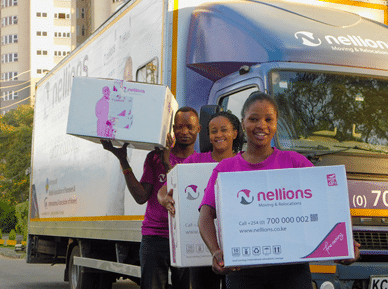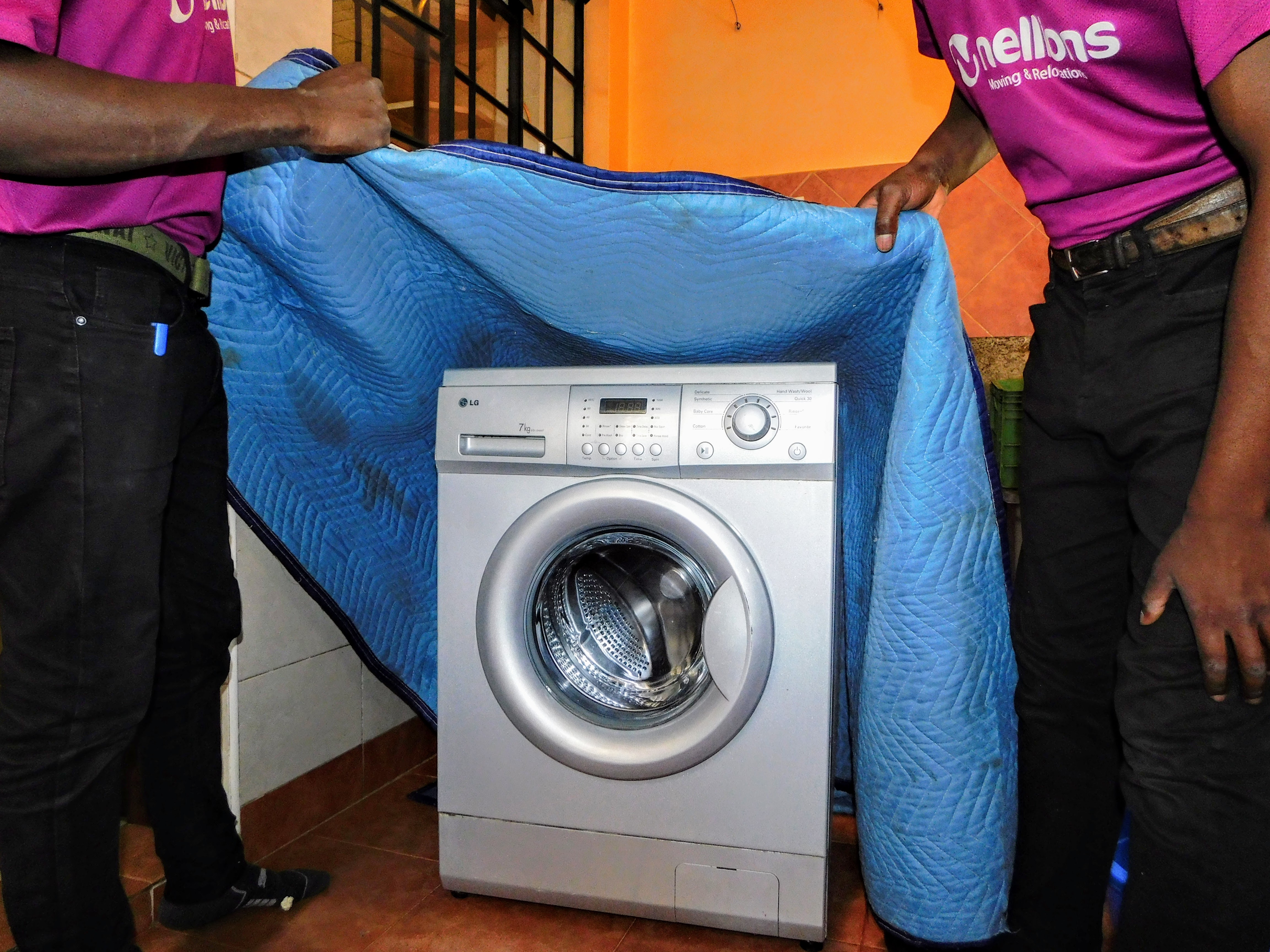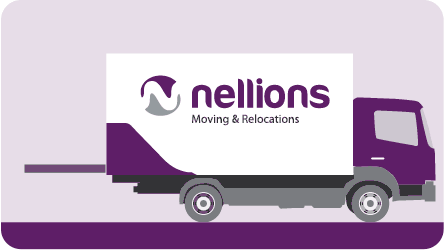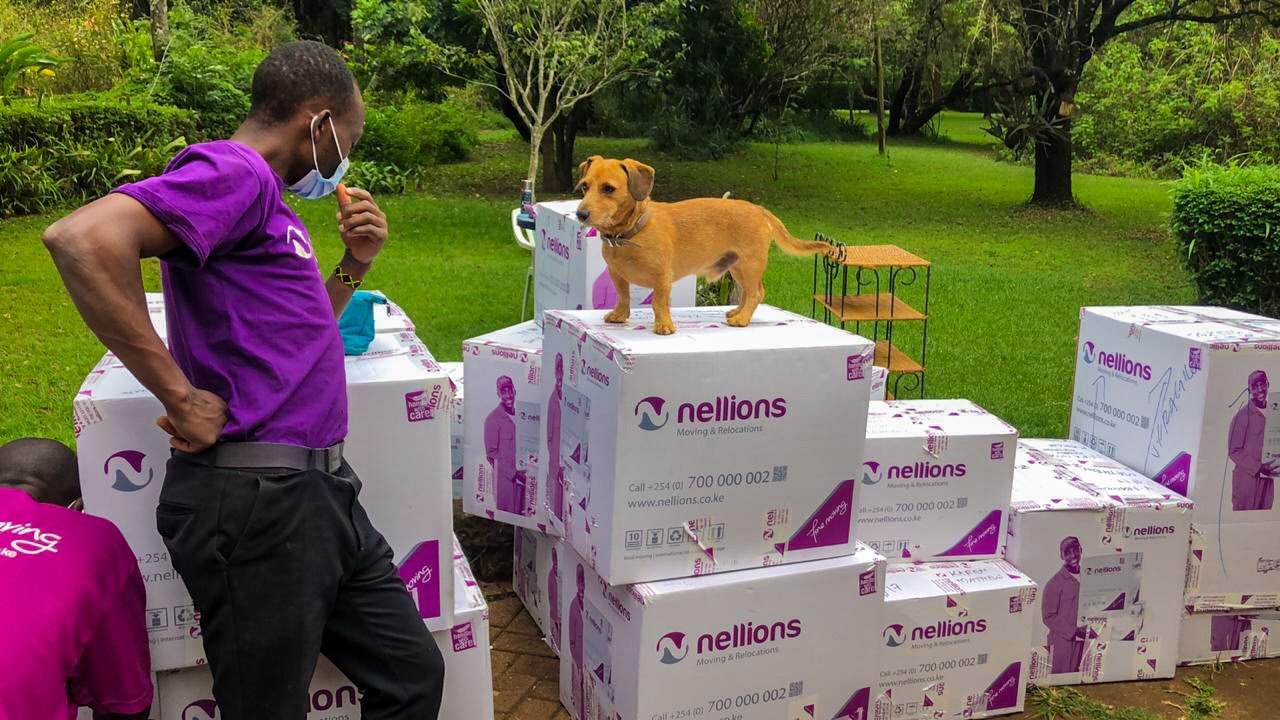Last updated on March 21st, 2023 at 12:45 pm
According to the U.S Bureau of Labour Statistics, the average adult woman spends 104 hours per year doing laundry. Over a span of 60 years, this translates to 260 days – a full working year. Unless you’re one of those people who find doing laundry therapeutic, the utility of washing machines is obvious — do you really want to spend a whole year or more bent over a pail?
While doing laundry is a necessity for anyone who values hygiene, doing laundry doesn’t have to be physically taxing, thanks to technology.
Since their invention in the 1800s, washing machines have developed in complexity and efficiency, becoming more of a household necessity than a luxury for the modern-day working professional.
Types of Washing Machines
They fall into two broad categories:
1.Fully automatic washing machines

A fully automatic washing machine does everything with the press of a single button. This washing machine has a single tub that functions as a washer, dryer, and rinser. These are available as front and top load machines, and the programs and efficiency vary depending on the brand.
2. Semi-automatic washing machines

These machines, as opposed to fully automatic washing machines, are only partially automatic. This means that you will have to do some things manually, such as filling the tub with water before starting the machine, or moving the washed clothes into the drying tub if you have a twin-tub semi-automatic washing machine.
The common types of washing machines are
1. Front load washing machine

Front-load washing machines are fully automatic machines that load from the front. These machines typically use less water and energy and produce better laundry results than their top-loading counterparts.
2. Top load washing machines

They are available in both manual and fully automatic models. Loading is done from the top of these units. This is ideal for those who do not want to lean over entirely to load their clothes into the system. Fully automatic top load washing machines usually take up less room, making them ideal for those who want to save space.
3. Industrial Washing Machines

Industrial washing machines are more common in places that handle large loads of laundry such as dry cleaners, laundromats, and hotels. These machines can be either fully automatic or come as a washer + dryer combo. They come in varying sizes, but are for the most part larger than household washing machines, and are capable of handling heavier loads starting from 25kg up to 150kg.
How to Move a Washing Machine
When moving a washing machine, follow these steps:
- Start by draining the machine of all its water
- Crucially, secure the drum in place using the stabilizers that come with the washing machine before packing or loading it in any vehicle. Failure to do so may result in the drum getting damaged when it’s jostled during transit.
- It is best to use the original transit packaging that came with the washing machine when shipping it. Assembly instructions can be found in the machine’s manual booklet.
- Keep the washing machine in an upright position when loading and during transit to prevent any remaining water from entering the machine’s electrical wiring.
- Pack the machine in its original packaging. You can also wrap it using moving blankets.
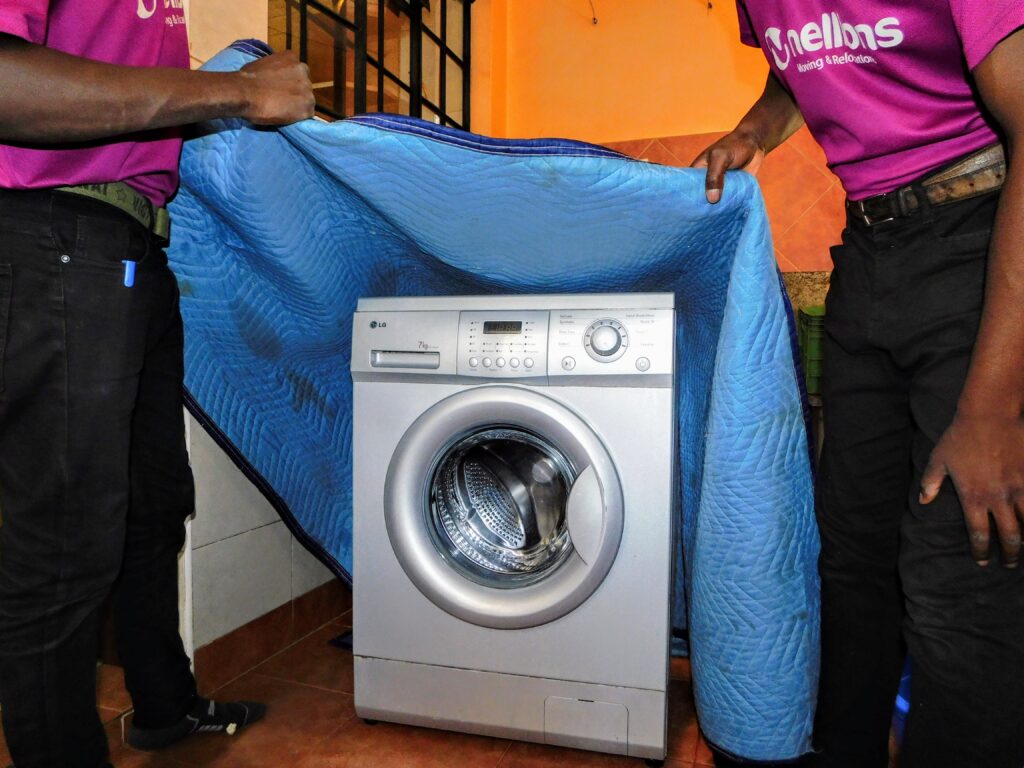
- Avoiding curves in the road as much as possible during the trip can help protect the washing machine’s fragile engineering. When you arrive at your destination, gently unload the rig and wheel it into its new location.
- The same way you removed the washing machine’s plumbing in the first phase, you must re-plumb the machine into the pipes in its new location.
- Reattaching the taps, plugging it in, and performing at least two test rinse cycles with no clothes inside should suffice to ensure that the unit did not spill, drains correctly, and was not broken during the move. Other scans can be performed depending on whether the drain hose is attached under the sink or forced onto another vertical standpipe.
Whether you’re moving a household or industrial washing machine, Nellions is here to lend you a helping hand.



